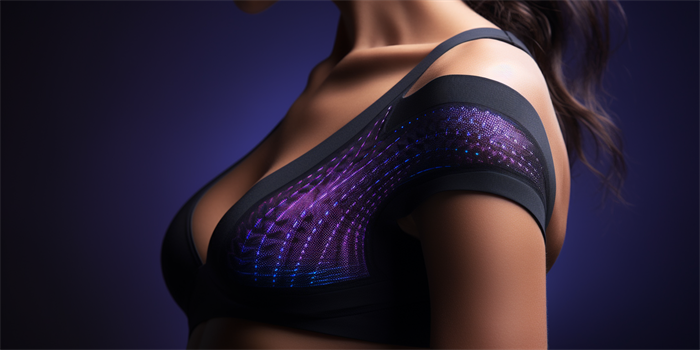Can I Eat Shrimp After Sientra Breast Implants in Toronto?
Undergoing breast augmentation with Sientra implants in Toronto is a significant decision that involves careful post-operative care to ensure the best outcomes. One common question among patients is whether they can consume seafood, particularly shrimp, after the procedure. This article will delve into various aspects of post-operative dietary considerations, focusing on the safety and implications of eating shrimp following Sientra breast implants.

Understanding Sientra Breast Implants
Sientra breast implants are known for their high-quality materials and advanced design, which includes a proprietary, highly cohesive silicone gel that maintains its shape even if the implant shell is compromised. These implants are FDA-approved and are a popular choice among patients and surgeons in Toronto. The procedure itself is typically performed under general anesthesia and involves incisions made to insert the implants either behind the breast tissue or beneath the pectoral muscle.
Post-Operative Dietary Guidelines
Immediately following the surgery, patients are usually advised to follow a soft diet to avoid straining the incision sites. This period typically lasts for a few days to a week, depending on the individual's recovery pace. During this time, it's crucial to avoid foods that could increase the risk of infection or complications, such as those that are high in sodium or preservatives.
Considerations for Eating Shrimp
Shrimp, being a type of shellfish, falls under the category of seafood. While it is a good source of protein and essential nutrients, it is also known to be a common allergen. For patients who are not allergic to shrimp, consuming it after breast augmentation should not pose a significant risk, provided it is prepared and cooked properly. However, it is advisable to introduce new foods gradually into the diet post-surgery to monitor for any adverse reactions.
Potential Risks and Precautions
One of the primary concerns with consuming shrimp or any seafood after surgery is the risk of foodborne illness, which could complicate the healing process. Shrimp, if not handled or cooked correctly, can harbor bacteria or viruses that might lead to gastrointestinal issues. Patients should ensure that the shrimp is sourced from a reputable supplier, is fresh, and is thoroughly cooked before consumption. Additionally, individuals with a history of seafood allergies should avoid shrimp altogether to prevent allergic reactions that could be particularly dangerous post-surgery.
Consultation with Healthcare Providers
Before making any changes to your diet post-surgery, it is essential to consult with your healthcare provider or the surgeon who performed the breast augmentation. They can provide personalized advice based on your medical history, the specifics of your surgery, and your current health status. This consultation is crucial to ensure that any dietary changes do not interfere with the healing process or increase the risk of complications.
FAQ
Q: How soon after breast augmentation can I start eating shrimp?
A: It is generally recommended to wait until your post-operative follow-up appointment, typically within a week or two after surgery, to discuss with your surgeon the appropriate time to reintroduce shrimp into your diet.
Q: What are the signs of a foodborne illness after surgery?
A: Signs of foodborne illness can include nausea, vomiting, diarrhea, and abdominal pain. If you experience any of these symptoms after consuming shrimp or any other food, contact your healthcare provider immediately.
Q: Can I eat shrimp if I have no history of allergies?
A: Yes, if you have no history of seafood allergies, you can eat shrimp after breast augmentation, provided it is fresh, properly cooked, and sourced from a reliable supplier. Always introduce new foods gradually and monitor for any reactions.
In conclusion, while there is no absolute prohibition on eating shrimp after Sientra breast implants, it is essential to follow proper precautions and consult with your healthcare provider. Ensuring the safety and quality of the shrimp, along with monitoring for any adverse reactions, will help in maintaining a healthy recovery post-surgery.





